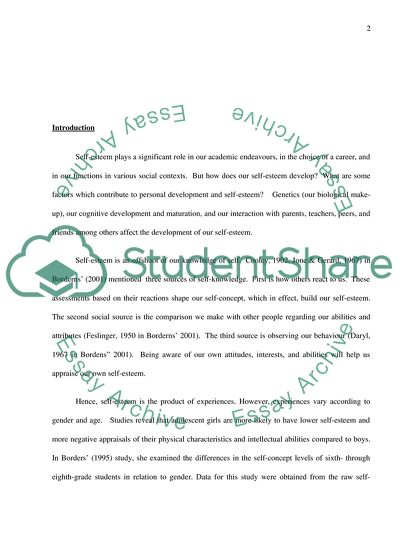Cite this document
(An Investigation into Gender Differences in Self-Esteem by Julie Research Paper, n.d.)
An Investigation into Gender Differences in Self-Esteem by Julie Research Paper. Retrieved from https://studentshare.org/psychology/1723622-an-investigation-into-gender-differences-and-self-esteem
An Investigation into Gender Differences in Self-Esteem by Julie Research Paper. Retrieved from https://studentshare.org/psychology/1723622-an-investigation-into-gender-differences-and-self-esteem
(An Investigation into Gender Differences in Self-Esteem by Julie Research Paper)
An Investigation into Gender Differences in Self-Esteem by Julie Research Paper. https://studentshare.org/psychology/1723622-an-investigation-into-gender-differences-and-self-esteem.
An Investigation into Gender Differences in Self-Esteem by Julie Research Paper. https://studentshare.org/psychology/1723622-an-investigation-into-gender-differences-and-self-esteem.
“An Investigation into Gender Differences in Self-Esteem by Julie Research Paper”, n.d. https://studentshare.org/psychology/1723622-an-investigation-into-gender-differences-and-self-esteem.


